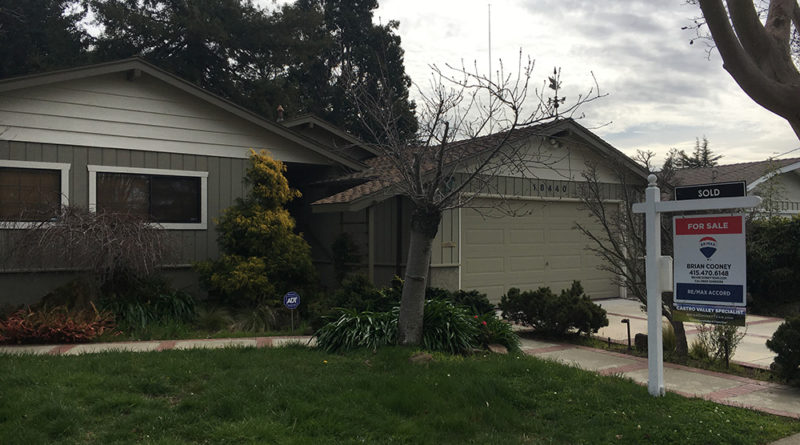Zoning laws are overly restrictive and should be changed
According to a 2018 “point-in-time” United States Department of Housing and Urban Development count, there were 31,240 homeless people in the Bay Area. Most experts agree that this is likely an undercount. Out of 200 responses to KQED’s poll of residents planning on leaving, 187 mentioned high housing prices, cost of living, homelessness, and traffic as primary reasons.
Housing is expensive in the Bay Area; recently the median price of a home reached $935,000. Rents are also much higher in the Bay Area than most places in the nation.
The expense of housing in the region should be obvious; San Francisco and Silicon Valley are the hearts of the technology industry and hold massive opportunities for employment in many high-paying fields. Naturally, those who graduate from universities seeking jobs in these fields move to the Bay Area, increasing demand for housing.
However, it is not increased demand creating the astronomical prices. The root cause of the high housing prices is overreach of local governments through zoning laws and housing ordinances disincentivizing or banning the creation of more housing, and keeping supply low to benefit homeowners.
As the prices that can be demanded for housing goes up, so too does the incentive to build more. But wealthy cities and neighborhoods in the region have created such restrictive zoning codes and fought so hard to prevent the construction of more housing that building homes has nowhere near kept pace with the creation of jobs.
In the United States, land-use is typically regulated on a local level. This allows cities to block the construction of virtually all new development. Often wealthy homeowners oppose new development under the pretenses that it would alter or destroy the character of the neighborhoods.
One notable example of this was in a recent Cupertino city council meeting about a proposed project that would build high-density housing at the site of the rundown Vallco mall. One resident said that he was afraid of “uneducated” people moving into Cupertino.
In San Francisco, over 50 percent of the city’s privately-owned land is zoned for either one or two units per lot, preventing the addition of units in those areas. In suburban areas, that percentage can be much greater: in wealthy Atherton, 100 percent of the residential areas are zoned for single-family homes.
Exclusionary zoning codes have prevented development on the scale necessary to make the Bay Area affordable for workers who are necessary but not highly paid. In addition, they have pushed all construction, including high-end apartments, into poorer cities and neighborhoods whose residents lack the wealth and power to fight construction.
Various bills have been proposed in the Legislature to try to force cities to upzone, notably SB 35 and SB 827, both introduced by Senator Scott Wiener (D-San Francisco), though their success has so far been limited.
Local governments have shown that they are incapable of crafting efficient zoning laws and housing policy, and so land-use must be managed by either a new regional body covering the entire Bay Area or by the state. Handling land-use above the local level has a real-life example in Japan, where most land-use matters are managed at the national level. The country is known for its hands-off policy towards development, which has allowed Tokyo and other major Japanese cities to skirt the problems faced by the Bay Area.
If the Bay Area allows developers to develop, the housing crisis will abate. It is only because of undue interference from local governments that there is a housing crisis.

